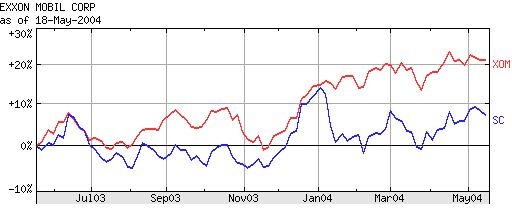(Being a foreigner in Japan) is like being a black guy back home. Only there are less of us. - Dennis Haysbert as "Hammer" Dubois in the movie Mr. BaseballThe sideways glance. The slight nod. The brief eye contact. These are the subtle "secret handshakes" that fellow non-Asians pass while in Japan, or pretty much any Asian country.
Japan's population is over 99% ethnic Japanese. South Korea is over 99% ethnic Korean. Taiwan is 98% Chinese or Taiwanese. And so on throughout Asia, so non-Asians stick out like sore thumbs. And not only do the natives notice it, but these countries are so homogeneous that even we visitors notice it when a non-native is around.
So when two Westerners see each other, there is the immediate bond, but also the questions: Is he also here on business? Is she a tourist? Does he live here? Does she speak the lingo? But the bond is immediate, and if in a restaurant, bar or lounge, conversation is easy to strike up since there is the bond of we're outsiders here. (This little fact is what made the link-up in Lost in Translation so believable).
And people from the same country have an even closer bond, and you can tell with a pretty high accuracy what country someone is from just by looking at them. How? Believe it or not, the stereotypes of looks and dress are incredibly accurate (which is why they are stereotypes):
Europeans never match. Something about "fashion" out of Milan or Paris dictates that ties don't match suits. And their shoes are a dead give away they're from the Continent since European men seem as fussy about shoes as American women. Europeans also have the strangest tastes in eye glasses. Their casual wear, however, is of better quality than anyone else's, so some white guy walking down the streets of Japan with a $600 cashmere cardigan tied around his shoulders is almost certainly not an American.
British are wrinkled and dishelveled. Always. Whether in a suit or casual, they look like they just slept in their clothes, even if they just put them on. This is a curious stereotype considering Seville Row, James Bond and Prince Charles, so those nicely dressed chaps must stay in Hong Kong and off the "tech circuit" (I don't run into a lot of finance types).
Americans are heavier set, carrying a few extra pounds than everyone else (I like to think it is a sign of our prosperity). While American professional dress is better than the Europeans (we match, after all), Americans seem to think "casual dress" means beach attire, and we have really become the slobs of the world when out of a suit and tie (myself excluded). Americans (and Canadians) also are the only ones where goatees are still in style.
Canadians look like thinner Americans. Our sloppiness seems to have snuck north of the border.
So fellow citizens have no problems finding each other out over here, but even then, the shared status of being a Gaijin (or Gwilo in China) puts all non-Asians into a single club when over here.

 The Gaijin Club
The Gaijin Club Selling Internet by the Slice
Selling Internet by the Slice